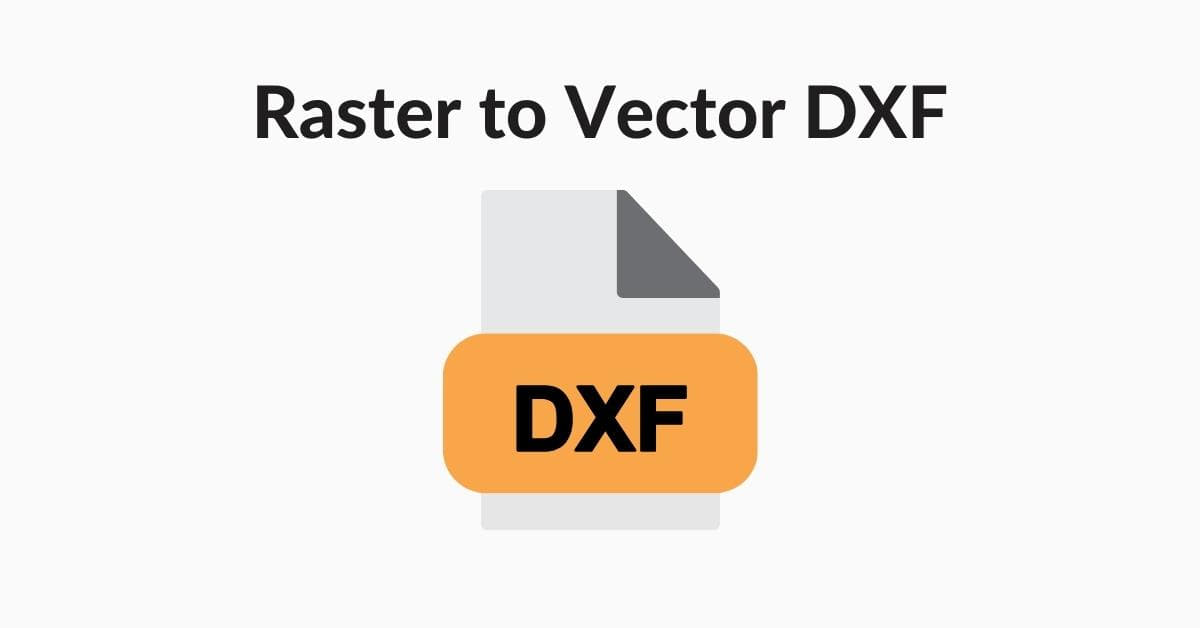In today’s design and engineering world, precision is key. Whether you’re working on architectural plans, intricate logos, or complex technical drawings, the quality of your graphics matters. Many professionals find themselves in need of converting raster images into vector files for various purposes. If you’re looking to learn more about this process, you’ve come to the right place. In this article, we’ll explore the concept of raster to vector DXF conversion and how it can help you transform pixelated images into precise, scalable, and editable vector graphics.
Understanding Raster and Vector Graphics
Before delving into the specifics of raster to vector DXF conversion, it’s essential to understand the fundamental difference between raster and vector graphics.
- Raster Graphics:
Raster graphics, also known as bitmap images, are composed of a grid of pixels. These images are resolution-dependent, which means that they may lose quality and become pixelated when scaled up. Common file formats for raster graphics include JPEG, PNG, and BMP. - Vector Graphics:
Vector graphics, on the other hand, are based on mathematical equations and use points, lines, and curves to create images. They are resolution-independent, allowing you to scale them up or down without any loss of quality. Vector graphics are typically saved in formats such as SVG, AI, or DXF.
Raster to Vector Conversion
Raster to vector conversion is the process of converting a raster image into a vector format, such as DXF (Drawing Exchange Format). This transformation is essential for various purposes, including:
- Precision drawing and drafting.
- Creating logos and graphics that need to be scaled without loss of quality.
- Preparing images for use with CNC machines or 3D printers.
- Architectural, engineering, and technical drawings.
The Role of DXF Format
DXF (Drawing Exchange Format) is a widely used vector format, especially in the realm of Computer-Aided Design (CAD). It is supported by various design software, making it a popular choice for architects, engineers, and graphic designers. DXF files contain vector data, which can be easily edited and scaled, making them suitable for precise and professional work.
Raster to Vector Conversion Methods
There are several methods for converting raster images to vector format, with varying levels of accuracy. Some common methods include:
- Manual Tracing: This involves manually drawing vector paths over the raster image. It’s a precise but time-consuming method suitable for simple images.
- Automatic Conversion Tools: Software tools like Adobe Illustrator’s Image Trace function or specialized raster-to-vector conversion software can automate the process to some extent. These tools are efficient for converting complex images but may require manual refinement.
- Outsourcing Services: Some companies offer professional raster to vector conversion services, where skilled graphic designers manually trace and convert images to vector format, ensuring high quality and accuracy.
FAQs
1. Why is raster to vector conversion necessary?
Raster to vector conversion is necessary to transform pixel-based images into scalable, editable, and high-quality vector graphics. It is particularly crucial in fields like architecture, engineering, and graphic design.
2. Can I convert any raster image into a vector format like DXF?
Yes, most raster images can be converted into vector formats, but the complexity of the image and the quality of the conversion will vary. Simple images with clear lines and shapes tend to convert more accurately.
3. What is the best software for raster to vector conversion?
Some popular software for raster to vector conversion includes Adobe Illustrator, CorelDRAW, and specialized tools like Scan2CAD and AutoCAD. The choice depends on your specific needs and preferences.
4. Is the conversion process always automatic?
No, the conversion process can be both manual and automatic. The choice of method depends on the complexity of the image and the desired level of accuracy.
5. Are there any limitations to DXF files?
While DXF files are versatile, they may not fully support certain advanced graphical effects or transparency. It’s essential to consider the intended use of the file when choosing the format.
Conclusion
Raster to vector DXF conversion is an invaluable tool for professionals who demand precision and scalability in their graphics and designs. Whether you’re working on architectural plans, intricate logos, or technical drawings, converting raster images into vector format opens up new possibilities for editing and scaling without any loss of quality. With the right tools and methods, you can unlock the full potential of your visual creations.
This page was last edited on 22 February 2024, at 5:19 pm
